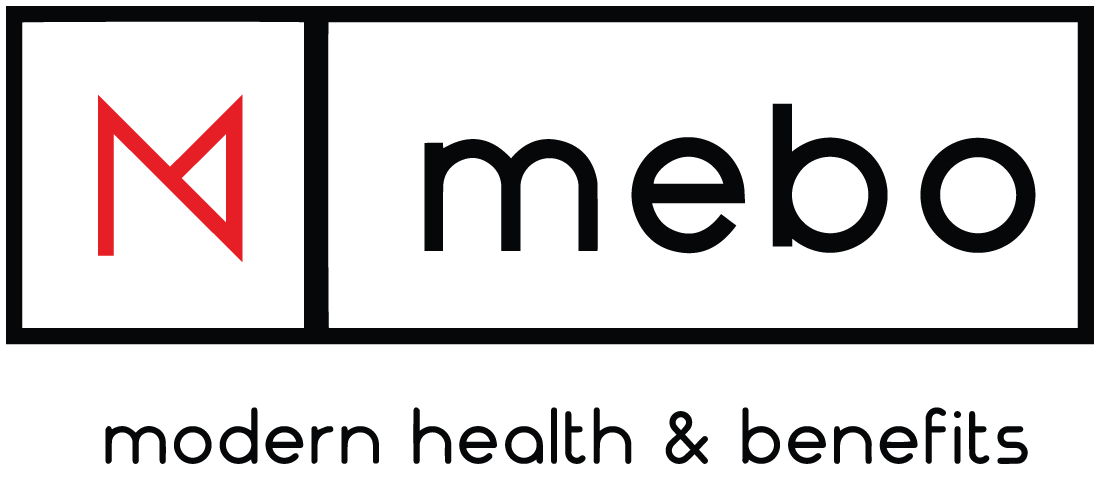Retain Your Savings with Level Funding
Integrating a new health plan strategy can reduce the amount of capital a business spends on overall health claims costs. With the high cost of healthcare in Southern California, most organizations agree that any cost-savings is worthwhile. However, many employers find they lose half of these savings to the company managing their health plan. At MEBO, we strive to help employers retain their savings and achieve the greatest benefits from their employee health plan.
By taking a Level-Funded approach to self-funding, organizations get the predictability of a fully-insured health plan and the cost-savings and flexibility of self-funding. Unlike a fully insured plan, employers retain 100% of their savings when claims are lower than expected.
Enjoy Increased Flexibility, Transparency, and Predictability
When selecting an employee health plan, many organizations opt for a Level Funded approach because of the predictability, visibility, and financial protection it offers. Monthly costs of a Level Funded plan include stop-loss insurance premiums, administrative fees, and estimated claims expenses.
With Level Funding, monthly costs are established in advance and employers pay a fixed or “level” amount each month. Employers also receive ongoing claims data. This valuable data makes it possible for employers to see exactly where and how their healthcare dollars get spent.
At the end of each year, if an employer’s estimated health care payments total more than the actual claim costs, the employer receives a refund for the difference. Alternately, if claim costs exceed the estimated limit, stop-loss insurance covers the additional expense. Level Funding offers transparency and flexibility. Stop-loss insurance limits risk and caps financial exposure.
Flexible Approach
Level Funding is a type of self-funding. This allows employers to tailor the plan to meet the changing needs of their organization. Based on claims reports, employers can quickly locate areas that impact claim costs. They can then adjust their plan as needed. Based on health claim data, employers can also choose to implement strategies like employee education on wellness and preventative care.
Is Level Funding Right for Your Organization?
While Level Funding offers numerous benefits, it might not be the best fit for every business. It’s important that leaders fully analyze their needs and determine how their company will allocate the cost savings.
MEBO has worked with numerous employers to help them locate ways to reduce costs, increase transparency, decrease the frequency and severity of claims, and improve health outcomes for employees. Please contact us for more information about Level Funding, Self-Funding, and Fully Insured health plans. We look forward to hearing from you!


